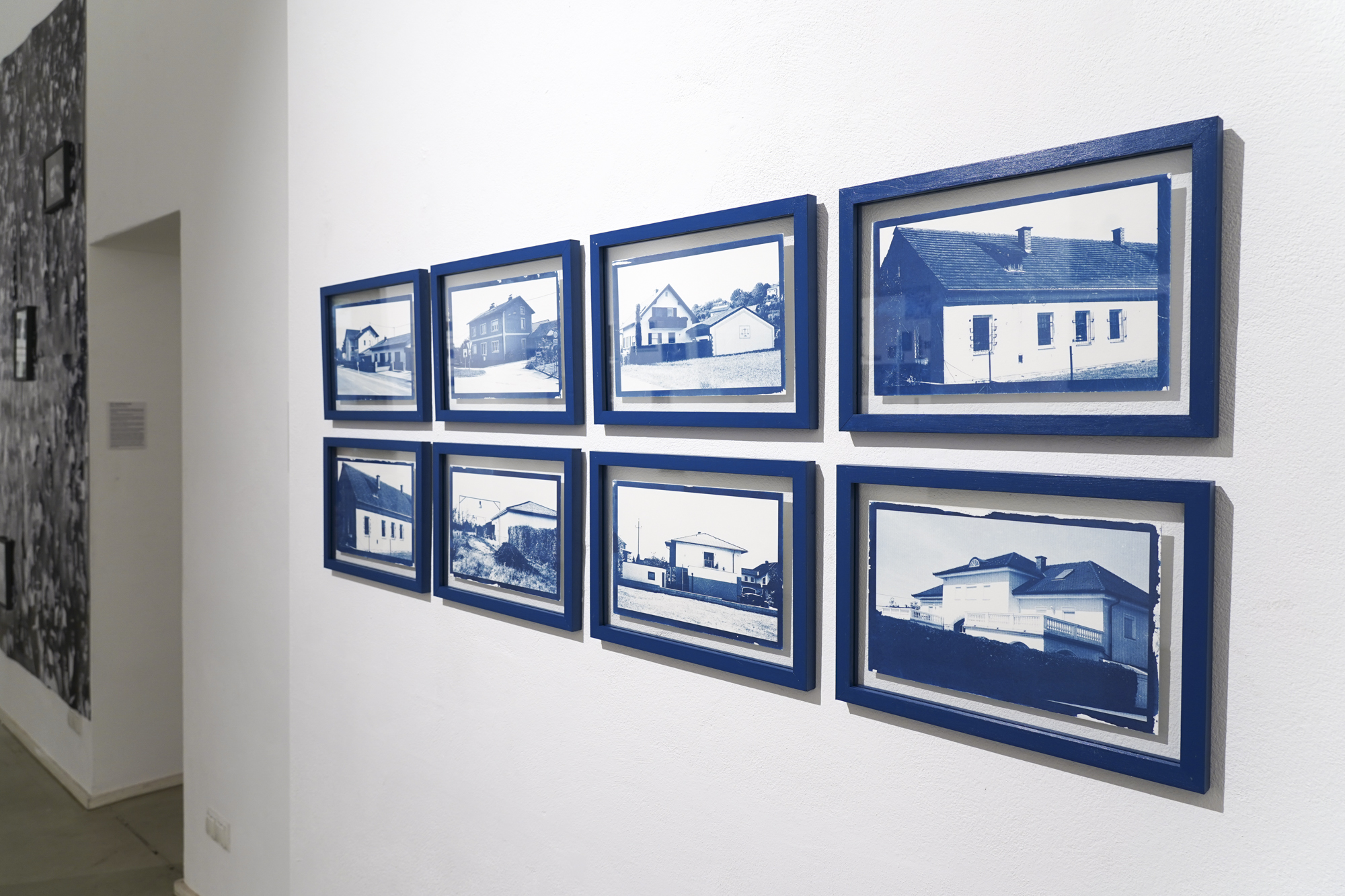BLUE ZONE, 2017
In August 1938, the SS launched a concentration camp in the vicinity of Mauthausen in Austria. Over time, a network of about 100 sub-camps and external commandos, of the highest and severest category in the Third Reich, was built around the concentration camp. Gusen, operating since early 1940, was the first and the biggest subsidiary camp of Mauthausen, by many Germans called "the extermination camp for the Polish Intelligentsia." By 1945, 190 000 men and women from various countries ; Poles, citizens of the USSR, Hungary, France, Spain, were dropped to KL Mauthausen Gusen. The awaited liberation of the camp came on the 5th of May 1945, when the US Army soldiers reached the camp. In contrast to Mauthausen, which was declared a memorial site in 1949, the group of sub-camps Gusen met with complete destruction. Despite a petition sent by the University of Warsaw's Association of Students and Alumni of the Institute of Archaeology, which described the need to protects the traces of the crimes committed at Mauthausen, Austrian government have done a lot to erase the traces of the former camps' existence.
Blue Zone is a series of cyanotypes showing the remains of the concentration camps Gusen. Due to privatization of the land, there appear family houses on the place of the barracks and gas chambers of the former camp. Prussian Blue, the synthetic pigment that gives cyanotypes their distinctive hue, is a chemical by-product of hydrogen cyanide of "prussic acid" which was used in Nazi German concentration camps during World War II to kill en masse as part of their genocide program. These blueprints work as a reminder of the crimes committed in Mauthausen and create a bridge with the present and subsequent denial of their existence by the ones who eagerly work on the past to be forgotten.
Edition of 30 copies (each includes original cyanotype print) SOLD OUT









